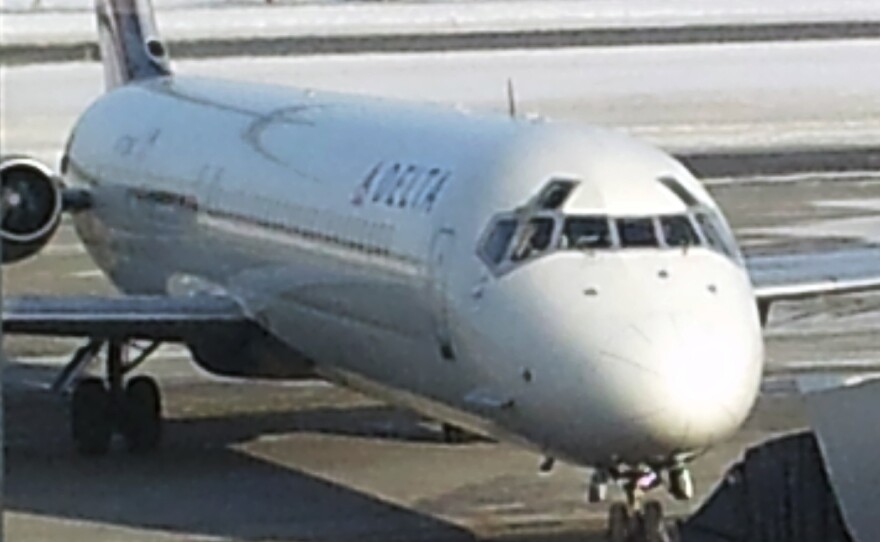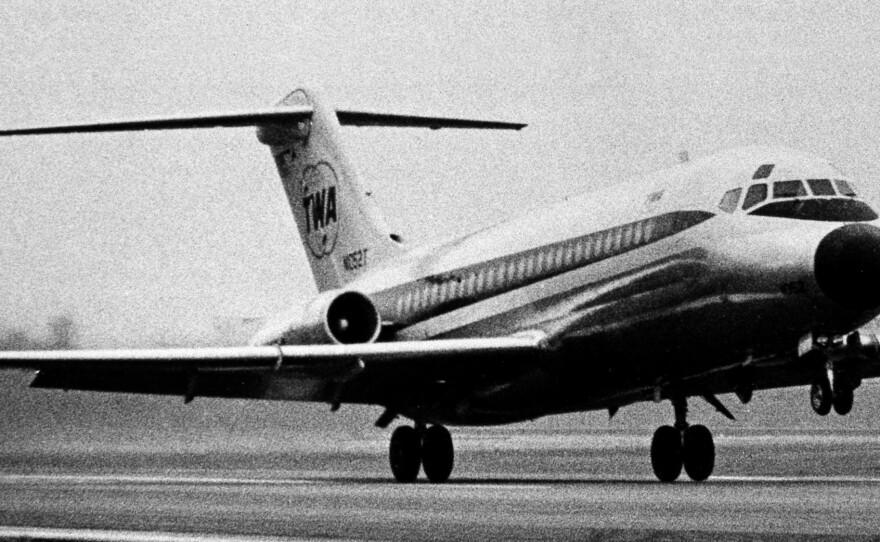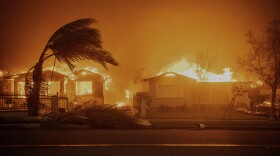
It's the end of an era in aviation. The McDonnell Douglas DC-9, a plane that once ruled the skies, is finally retiring.
The DC-9 first took flight in 1965 and production stopped in 1982. While most airlines phased the planes out in the '90s, Delta overhauled its fleet and kept them in the air, until now.
On Monday, Delta Flight 2014 from Minneapolis to Atlanta marked the last scheduled commercial flight for a DC-9 on a major U.S. airline.
At Atlanta International Airport, Capt. Scott Woolfrey stood inside one of the now retired planes that will head to its final resting place in Blytheville, Ark.
"The DC-9 is a workhorse," he said.
Woolfrey knows how these planes perform. He's flown them since 1997 and he piloted Monday's final flight as the sun set across the horizon.
"As we took off it was light out. And as we got closer and closer to Atlanta, the skies turned an amber to a deep purple, then finally set completely on the aircraft," Woolfrey said. "We arrived, it was dark and taxied to the gate. It was very symbolic of the flight."
Woolfrey calls the DC-9 a pilot's plane. Take a look inside the cockpit and you'll get a glimpse into a different time in aviation.
"It's all analogue gauges," he said. "Pilots are very intimately involved in flying the aircraft, flying by needles and balls and with a single autopilot."
And there's no GPS to use.
"We navigate by ground-based radio beacons. Our needles point to a station and then we get a distance from a station. So we know where we are, we use the old paper charts and we navigate that way," Woolfrey said.
The DC-9 is known for its relatively small size -- Delta says the dual-engine jet can seat 120 passengers -- which has allowed it to land on short runways. Over the course of its nearly 50-year career, it expanded travel to hundreds of communities that were previously served by slow propeller planes.
Woolfrey said his best memories of the plane are descending through mountains to land at airports in little towns that dot the West: "It's indescribable in clear weather to start your descent, it's almost a two-dimensional view. Once you get down into the mountains like [near the Montana cities of] Helena or Bozeman and see the majestic peaks around you, it's just absolutely an amazing sight."
These days, the DC-9s are outdated. They're noisy and not fuel efficient. But Woolfrey said they're fun to fly and he'll miss taking them up.
"It brought us from Minneapolis to Atlanta safely and comfortably," he said. "Kind of nostalgic just setting the brakes for the last time."
Copyright 2014 NPR. To see more, visit www.npr.org.






